Home » Facts about our nano mill
Facts about our nano mill
Vertical nano mill
Nanonization (nano mill) is the process of creating or manipulating particles with sizes ranging from 1 nanometer to 100 nanometers. At the nanoscale, a lot of life can happen. It can be made in two ways: bottom-up and top-down.
But what are the advantages of particles that are calculated in nanometers, and how can you get nanoparticles for your brand or product? Let’s take a closer look at nano mill methods, their benefits and drawbacks, and how a toll processor may assist you in achieving this sometimes difficult particle size.
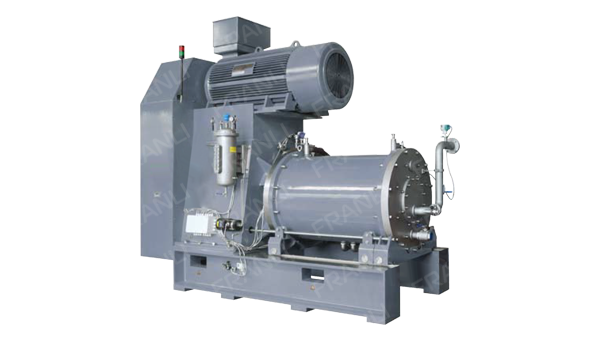
nano mill
Cutting-edge fluid bed jet milling services feature is a unique autogenous milling technology that includes a dynamic air classifier that can be infinitely modified to get the required particle size and form. The mills offer hot gas, ceramic lined, and stainless steel.
CRUSHING OF THE JAW
Two metal plates smash huge chunks of material utilizing compression during our pre-crushing size reduction process. The size of the bottom space between the plates, through which material passes, can be modified.
MILLING WITH A HAMMER
High-shear and centrifugal forces are used in the hammer mills to reduce a wide range of friable and non-friable materials. End products are coarse fractions that are reduced to finer particle sizes by a series of inline screens.
MILLING UNIVERSAL
The high-speed, fine-impact universal mills can dry grind a variety of items with a diameter ranging from 50 microns to 2 millimeters. The mills can be supplied with four revolving and stationary parts, depending on the application and product, to achieve the appropriate final product fineness.
PULVERIZING / COARSE CRUSHING
Primary crushing, impacting, drying, and roll crushing are some of the coarse system technologies that are used, and the usage of huge screen decks to customize multiple size fractions at the same time is done. Air-swept inline pulverizing roller mill grinds and classifies large products, which are recycled for further processing.
MILLING OF WET MEDIA
To achieve a consistent particle size distribution, particles are dispersed in a liquid slurry and media milling. Particle distributions in the nanoscale or sub-micron range are created by shearing forces (tearing apart), impacting (crushing by outside forces), and attrition (tearing and crushing each other apart).
nano mill core parts
Nano Grinding Mills: How Small Particles Can Make a Big Difference
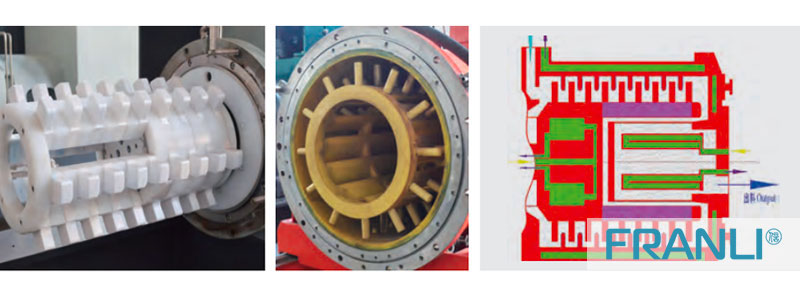
Nanonization is the process of creating or manipulating particles with sizes ranging from 1 nanometer (nm) to 100 nanometers (nm). At the nanoscale, a lot of life happens. Nanoparticles can be made in two ways: bottom-up and top-down. Bottom-up nanofabrication refers to chemistry-based particle construction, whereas top-down refers to grinding or milling.
While bottom-up synthesis and form-in-place techniques produce high-quality nanoparticles, they are frequently quite costly and require specialized, dedicated equipment. There is no such thing as a single nano grinding mill, and not all milling procedures can produce nanoparticles.
Jet Milling
Jet milling using superheated steam produces nanoparticles while also drying the feedstock. Steam, which has a higher pressure than air, can be encountered into the grinding reservoir at a higher pressure, resulting in higher jet velocities and more energy inside the milling reservoir. A restricted particle size array is ensured by the integrated internal classifier.
Fluidized bed jet mills utilizing high end steam can achieve nanoparticles in a variety of pigments and minerals, while this approach may not be ideal for heat-sensitive materials.
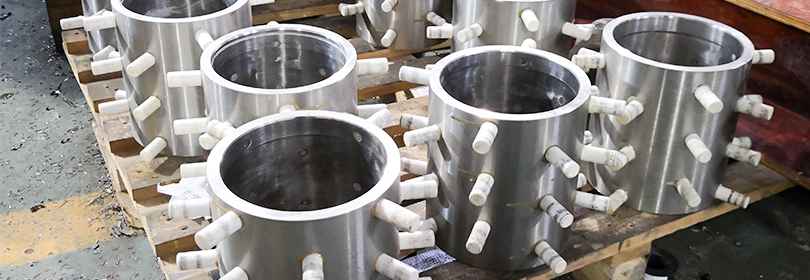
CHOOSING THE APPROPRIATE TECHNIQUE FOR YOUR MATERIAL
Wet milling, similarly, has the potential to introduce pollutants into the finished product. Jet milling is a dry method for achieving the preferred particle size without the use of milling media; nevertheless, jet milling methodologies demand more energy. On the other hand, wet mills can also be modified to limit the possibility of grinding chamber and milling media wear.
Besides, a brand or product needs to be dry powdered, it must go through an energy profound drying process following wet milling. Dry milling processes, such as fluidized jet milling with intensive steam, can eliminate this phase, potentially saving time and money.
Hence, not all milling procedures are suitable for all materials, therefore knowledge and experience are essential. Finally, a team of R&D Professionals, material scientists, and technical professionals from a reputable toll processor will assist you in evaluating the benefits and downsides of various milling procedures and determining the optimal process for your needs.
Last but not least Franli is the one-stop solution for those who are looking for different types of nano mill. There are varieties of nano milling methods that are present here, so avail it for better services. The customers put their trust in processing and manufacturing items that match their high-quality standards. The processes’ integrity is the foundation for that trust. Quality and process management certifications demonstrate their dedication to excellence and ensure that every product we touch satisfies stringent safety requirements.
Copyright Notice :
This article only represents the author’s point of view.
This article is published under the authorization of the author.
Source: Franli
This article address : Facts about our nano mill
Related Products
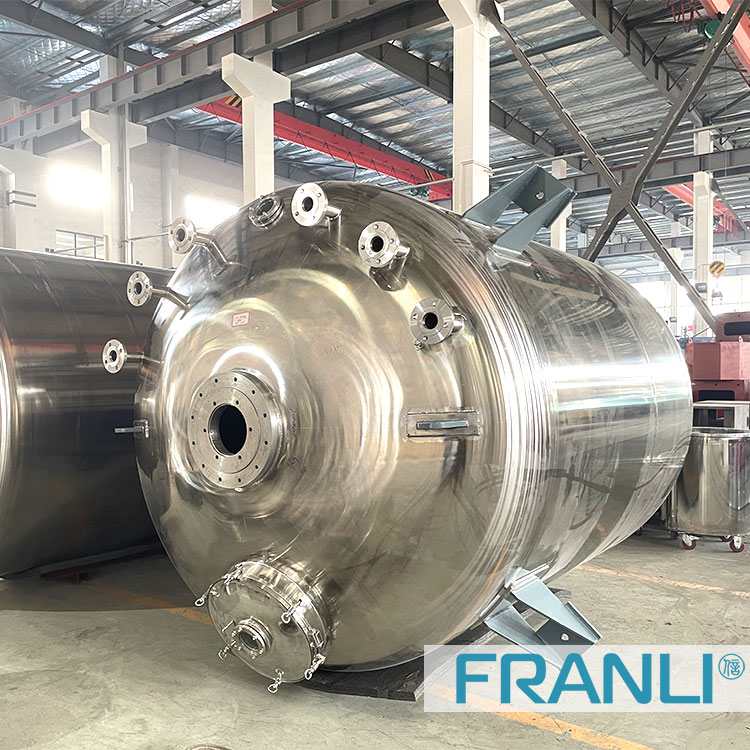
Stainless Steel Reactor
The reaction vessel is a comprehensive reaction vessel. The structure, function, and configuration accessories of the reaction vessel are designed according to the reaction conditions.
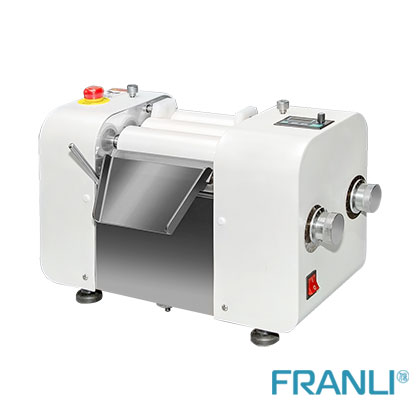
3 Roll Mill: Manual, Hydraulic, Lab
3 Roll Mill is a great tool that is used to mix, refine, and disperse any material through three horizontal rolls situated opposite sides with different speeds.
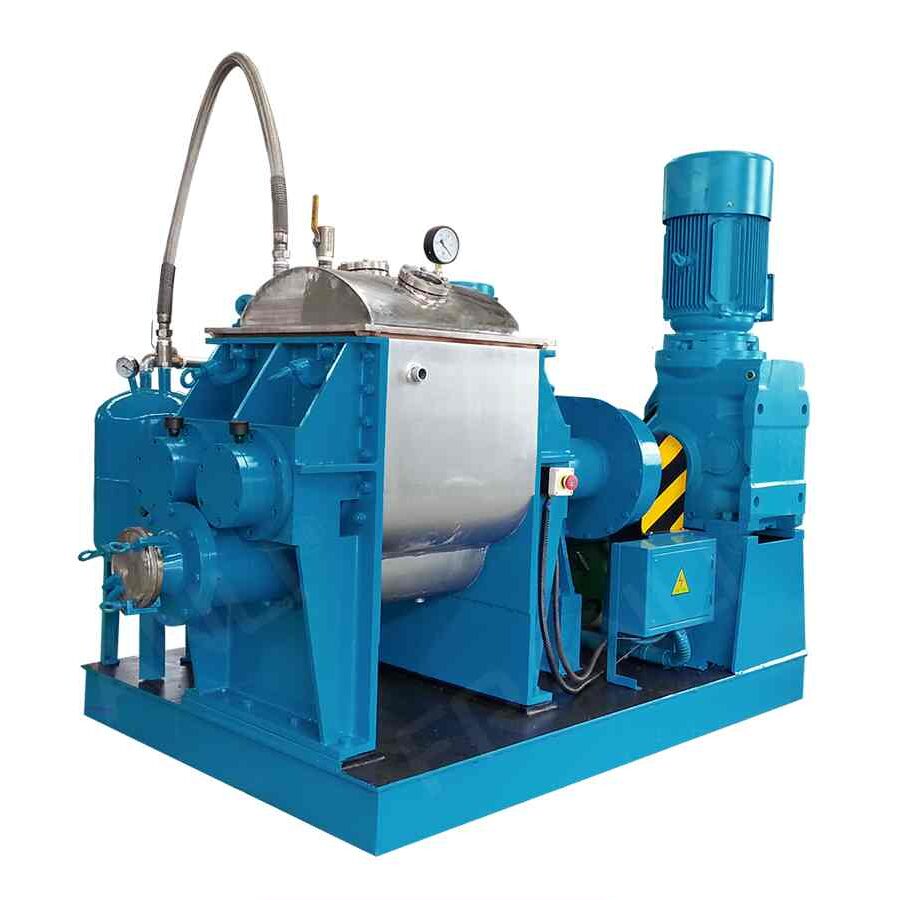
Z Blade Mixer
The Z blade mixer is made for extensive mixing, kneading, and stabilizing strong and high viscous materials, such as bubble gum bases, bread, caramel mass, body wash platform, and glue.
News
Laboratory Reactor: Guide to Stirring System
The laboratory reactor is composed of a pot body, a pot cover, an agitator, a jacket, a support and transmission device, a shaft seal device, etc.
Grinding Media for Bead Mill | Zirconia Beads & Zirconium Silicate Beads
Bead mills mainly use grinding balls as media, and use impact, extrusion, and friction to achieve the final grinding effect, which mainly depends on the size and hardness of the grinding beads, the filling rate of the grinding beads, and the collision frequency adjustment between the grinding beads and the particles.
Overview of Laboratory Reactor
Laboratory reactors, also known as lab reactors, are essential tools in scientific research, product development, and process optimization. These reactors provide a controlled environment for conducting chemical reactions, mixing, dispersing, and homogenizing processes.
Bead mills | Manufacturing technology in various industries
Bead mills, also known as sand mills or grinding mills, are versatile machines widely used across various industries for the wet grinding and dispersion of solid particles in liquid media.
Ribbon Blender Mixer Equipment
A ribbon blender mixer, also known as a ribbon mixer or horizontal ribbon blender, is a powerful industrial machine designed for thorough and efficient blending of various materials.
What is A Stainless Steel Reactor?
Stainless steel reactors are essential equipment in various industries, including chemical, pharmaceutical, biotechnology, and food processing.


